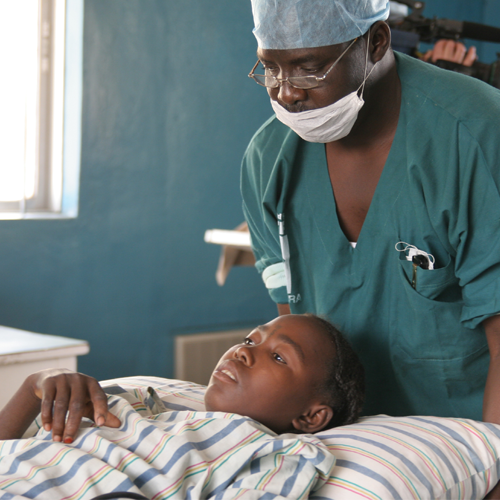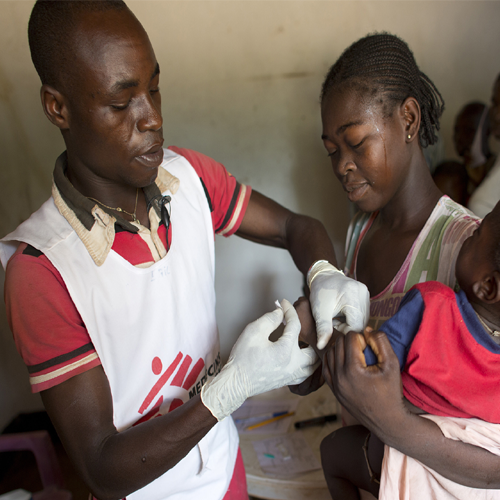
mariandina treatments



First Patient – Mariandina Treatment
This was a young woman who had been flown from Britain because all efforts to save her life from the disease of AIDS had failed. She was a Ugandan, 18 years old, who had been studying in the UK. She was the unfortunate victim of rape by a soldier during the war and had got HIV.
When I met her, she was severely wasted and demented because of AIDS. Her skin was rough and scarred, she could not sit up because of the severe muscle wasting, her mouth was full of fungus infection; she had constant diarrhoea and loss of appetite was responsible for her severe loss of weight. I asked her brother (whom I knew) for permission to use my medication on her. He agreed since all measures had been fruitless.
I gave her the drug which then was in powder form. Within two weeks the young woman was gaining strength, her diarrhoea and other infections subsided. The fungus in the mouth stopped growing and she was treated for diarrhoea with antibiotics and miconazole. Within two months, she was able to engage in housework and intelligent conversation. One year later, I reviewed her and checked her blood. Her immunity had recovered almost back to normal.
The blood picture showed a very significant improvement. The total white blood cell count (WBC) had risen from the initial 1800 cells/cm to 3600 cells/cm. The ESR dropped from 105 mm/hour to 40mm/hour. Her haemoglobin rose from 6.5% to 11gm%. Her skin that was originally covered with boils was looking healthy and smooth. Her MPS, which had stopped, was back to her usual 4 days. Her mental status was as good as normal. She walked a distance of 5 miles and met me in Kampala on her own. After this meeting with this patient, I did not come back to Uganda for 3 years and I lost contact with my most valued patient. The next step was to try Mariandina on a sizeable number of patients in a double-blind study.
Pilot Study- Double Blind Placebo Controlled:
I searched for volunteers to carry out a placebo-controlled blind study. Those who were selected for this trial were all Western blot HIV antibody positive and in WHO clinical stage 3. All patients on this programme received all the known medications against opportunistic infections they acquired during the trial. Many of them started with marked weight loss, recurrent fevers, coughs and diarrhoea. They were generally bedridden, with Karnofski performance scores of between 50-70 points as shown in Table 6. The results of this study were summarised as in Table 5.
The trial was conducted for a period of 29 weeks before breaking the code. Analysis soon revealed that the treated group had responded very well compared to the placebo-treated cases. Six of the treated group had improved a lot and continued to do so for over 44 months. The longest survival for the placebo cases was 8 months. Among the treated group was one who was a diabetic. This cleared within six months and up to now, she requires no insulin or any hypoglycaemic drugs. Two have had children that were seronegative. It is now seven years since they were treated for AIDS for a period of 3 years. Four of them are well and free from any complaints up to today.
Those that got the blank were all dead by the end of 11 months. This taught us that Mariandina treatment as had been designed was capable of bringing significant improvement to AIDS sufferers within a short time.
The next step was when H.E. President Y.K.Museveni of Uganda invited me from the UK to do my research in Uganda. I came to Uganda in 1992 and set up the Mariandina clinic at Plot 60, Kira Road in Kampala near the Uganda museum. Ever since I started work here, I have treated over 18,000 patients with AIDS. Most of the patients I have treated were in an advanced stage of the disease. I am glad to say that the results of my research and development of AIDS treatment has been very encouraging indeed. We find that 80% of our patients improve rapidly and the rest are found to have major complications like T.B. and cancer that prevent them from responding rapidly to the treatment.